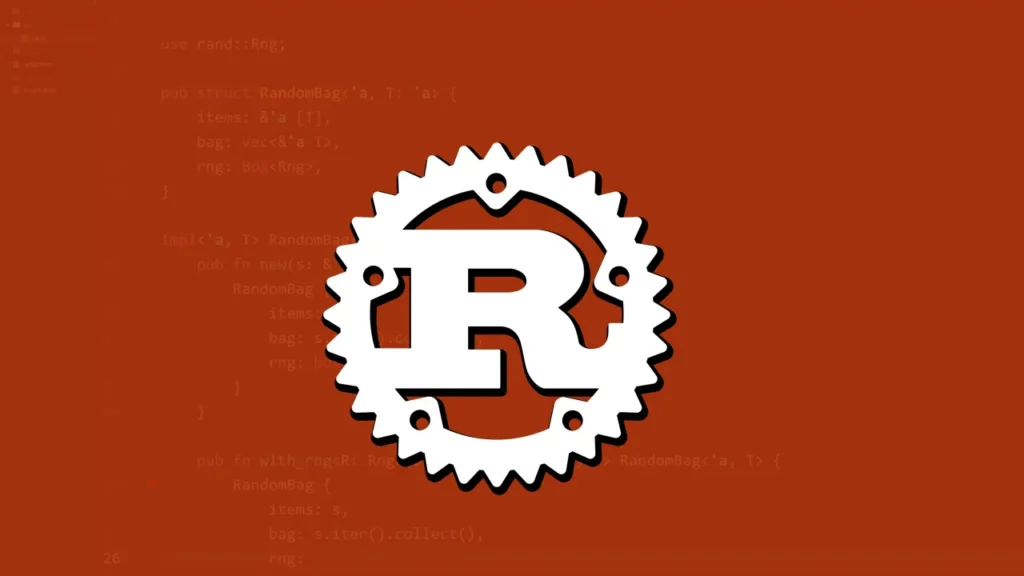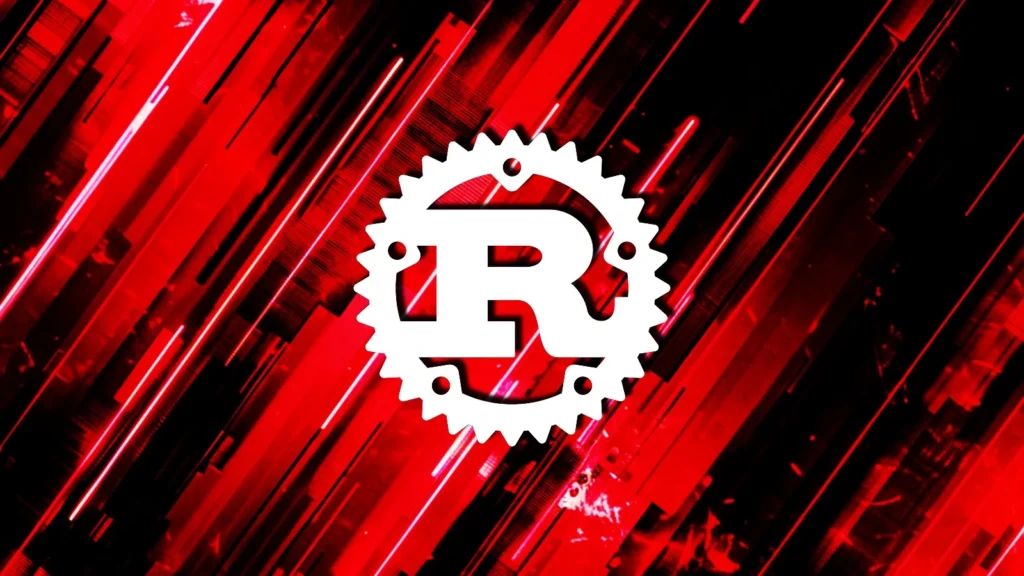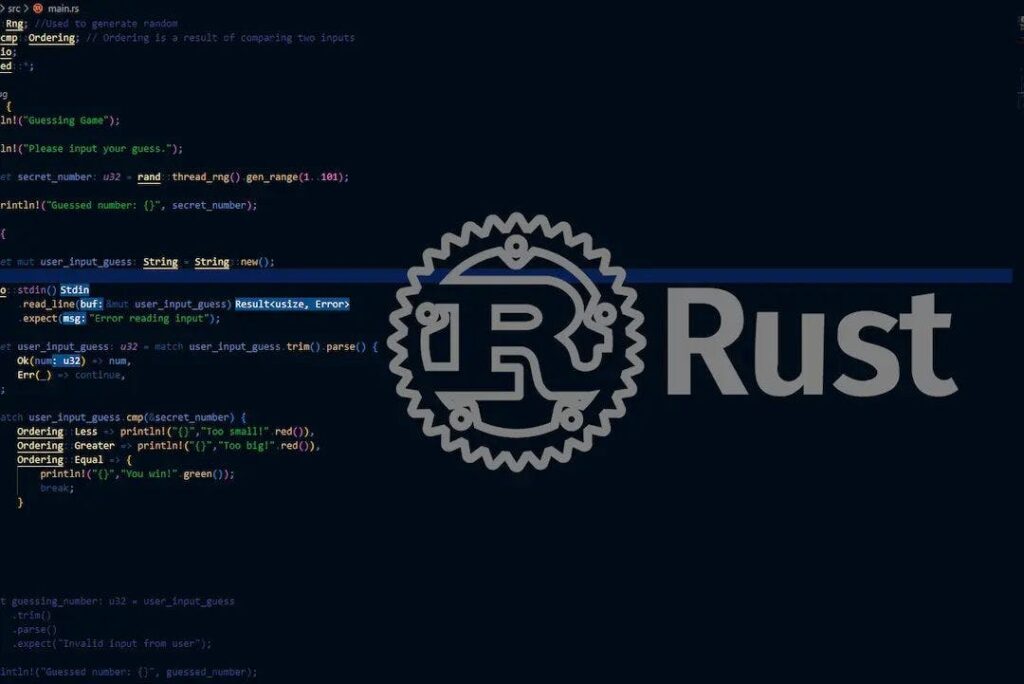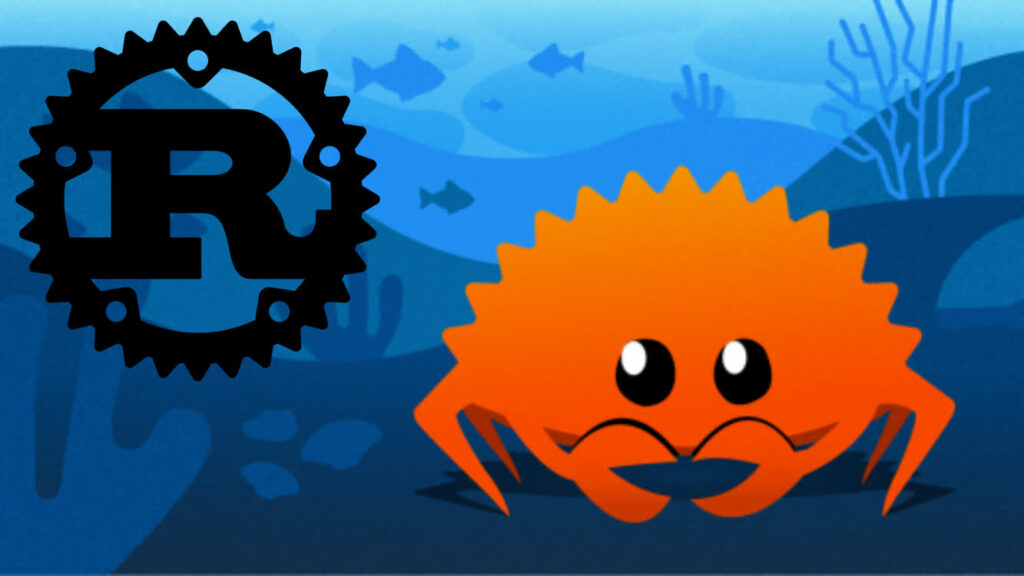Rust was invented by Graydon Hoare, an engineer at Mozilla Research. He began working on Rust as a personal project in 2006 and received official sponsorship from Mozilla in 2009.
The language was developed to address common issues faced by programmers working with C and C++, such as manual memory management and concurrency challenges. It’s unique features, like its ownership system and strong type system, aim to provide memory safety and performance without sacrificing efficiency.
The first stable version of Rust, version 1.0, was released in May 2015. This milestone marked a significant point in Rust’s development and its adoption within the software development community.
Background of Graydon Hoare

Graydon Hoare is a computer scientist known for his contributions to programming languages, particularly as the creator of the Rust programming language. Here’s a detailed background on Graydon Hoare:
Early Life and Education
Graydon Hoare was born in 1979. He studied computer science at the University of British Columbia, where he developed an interest in programming languages and systems design.
Career at Mozilla
Hoare joined Mozilla Research in the mid-2000s. He started working on Rust as a personal project around 2006, drawing on his experience in language design and compiler development. Mozilla began officially sponsoring the Rust project in 2009, aligning it with the development of the Servo browser engine.
Contributions to Programming Languages
Before Rust, Hoare was involved in the design of the JavaScript engine for Mozilla’s Firefox browser. His work on Rust focused on creating a modern, safe systems programming language that addresses common pitfalls like memory errors and data races.
Influence and Recognition
Graydon Hoare’s background in systems programming and compiler design greatly influenced Rust’s development. He is credited with designing Rust’s innovative ownership system, which ensures memory safety without the need for garbage collection.
Legacy
Rust has gained significant popularity and adoption in the software development community, owing much of its success to Hoare’s initial vision and contributions. Hoare’s work on Rust has positioned him as a key figure in the evolution of programming languages, particularly in the realm of system-level development.
Origin and Development of Rust

Rust’s story is one of innovation and community-driven development. Here’s a closer look at its origins and evolution:
Origins (2006–2012)
Rust originated in 2006 as a personal project by Graydon Hoare, an employee at Mozilla Research. Mozilla began sponsoring Rust in 2009 as part of its work on the Servo experimental browser engine.
Rust’s memory and ownership system drew inspiration from region-based memory management in languages like Cyclone and ML Kit. The project’s initial compiler, written in OCaml, transitioned to a self-hosting compiler based on LLVM written in Rust by 2011, marking a significant milestone.
Evolution (2012–2020)
Rust underwent substantial evolution between versions 0.2 and 1.0. Major changes included the introduction of classes in version 0.2, followed by the addition of destructors and polymorphism in version 0.3.
Version 0.4 saw the introduction of traits, replacing interfaces and classes with implementations and structured types. Throughout this period, its ownership system was refined to enhance memory management and eliminate the need for a garbage collector by 2013.
The first stable release of Rust (version 1.0) was launched on May 15, 2015, signifying the language’s readiness for production use. Concurrently, development of the Servo browser engine continued, with Firefox 57 incorporating Servo components in the “Firefox Quantum” project released in September 2017.
Mozilla Layoffs and Rust Foundation (2020–present)
In response to the Mozilla layoffs in August 2020, including the disbanding of the Servo team, concerns arose about Rust’s future due to the significant impact on active contributors. Subsequently, plans for a Rust Foundation were announced by the Rust Core Team, with initial goals focusing on trademark ownership and financial responsibility.
The Rust Foundation was officially formed on February 8, 2021, with support from founding companies such as AWS, Huawei, Google, Microsoft, and Mozilla.
It gained further endorsement when Google announced its adoption within the Android Open Source Project as an alternative to C/C++. Governance issues within the Rust community led to reforms in 2022 to address concerns about accountability and transparency.
The Rust Foundation’s revision of trademark policies in April 2023 sparked controversy among users and contributors, highlighting ongoing discussions around community involvement and governance within the Rust ecosystem.
Motivation Behind Rust
Rust was created to make programming safer and easier, especially for tasks traditionally handled by languages like C and C++. In those languages, managing memory manually can lead to mistakes like forgetting to free memory or accessing data that’s no longer valid. Rust’s ownership system helps prevent these errors by keeping track of memory use at compile time.
Rust also aims to be fast like C and C++, but without as much complexity. This means developers can focus more on writing their programs and less on intricate memory management details.
Another area where it shines is concurrency, which involves running multiple tasks at once. In C and C++, managing concurrency can be tricky and prone to bugs.
Rust provides tools that simplify the development of applications capable of running multiple tasks concurrently. These tools ensure safety by mitigating data conflicts and preventing unpredictable behavior that can arise when threads execute simultaneously.
In essence, Rust was created to provide a language that offers:
- Reliability: Freedom from memory-related errors leads to more stable and secure applications.
- Efficiency: Performance on par with C and C++, making it suitable for demanding tasks.
- Productivity: Tools and features like the borrow checker help developers write better code faster.
- Modernity: Support for features like pattern matching and closures makes Rust a powerful and expressive language
Rust’s Key Features and Design Goals

Rust’s popularity stems from its unique combination of features and design goals. Let’s delve deeper into each aspect:
Core Features
Rust’s design is centered around its unique ownership and borrowing system, which ensures memory safety by enforcing rules around data allocation and access. This system eliminates common issues like dangling pointers and memory leaks by tracking ownership throughout the program.
Borrowing allows temporary access without transferring ownership, adding flexibility while maintaining control. The language also emphasizes zero-cost abstractions, enabling high-level programming constructs without sacrificing performance.
Rust’s trait system promotes code reuse and polymorphism by defining capabilities independently of specific implementations, enhancing generic programming and type safety. Pattern matching provides a concise and expressive way to handle diverse data structures, simplifying code and improving readability.
With a strong static type system, it catches errors at compile time, leading to more reliable and predictable code. Closures and macros further enhance its flexibility and expressiveness, allowing for concise anonymous functions and powerful metaprogramming capabilities, respectively.
Together, these features make it a modern and efficient systems programming language suitable for building safe and performant software.
Design Goals
Memory safety is the cornerstone. Rust prioritizes preventing crashes and security vulnerabilities through its ownership system and static type checks. Rust targets performance comparable to C and C++. Zero-cost abstractions and ownership avoid unnecessary memory management overhead.
Moreover, it provides excellent tooling and features to help developers write better code faster. The borrow checker catches potential ownership issues early on, and error messages are designed to be informative.
While aiming for powerful features, Rust strives for a balance with a clear and learnable syntax. It is designed to be a general-purpose language, suitable for a wide range of applications. From embedded systems with limited resources to large-scale web services, Rust can be a valuable tool.
Synergistic Impact
These features and design goals work together to create a unique development experience. Here’s how:
- Memory safety leads to more reliable and secure systems, reducing the risk of crashes and vulnerabilities.
- Performance allows Rust to compete with languages like C++ in demanding tasks.
- Strong tooling and features like pattern matching and closures improve developer productivity by enabling concise and expressive code.
- The versatile nature of Rust opens doors for its application in various domains, making it a valuable tool for a broad range of developers.
FAQ’s
Is Rust better than C++?
Ultimately, the choice between Rust and C++ depends on your specific project requirements. If you prioritize safety, developer experience, and modern programming concepts, Rust is a strong contender. However, for raw performance, large existing codebases, and established libraries, C++ remains the dominant force.
Is Rust better than Python?
Rust significantly outperforms Python regarding raw performance, because of its zero-cost abstractions and efficient code generation. Rust’s emphasis on memory safety and low-level control makes it suitable for performance-critical applications where speed and efficiency are paramount.
Final Words
Rust was invented by Graydon Hoare to improve upon traditional systems programming languages like C and C++. Its unique features, including the ownership system and strong type checks, aim to prevent common programming errors related to memory management and concurrency.
Supported by Mozilla, it reached a stable release in 2015, showing its readiness for practical use. Today, Rust is known for its reliability and performance, making it increasingly popular for building robust and efficient software systems.
